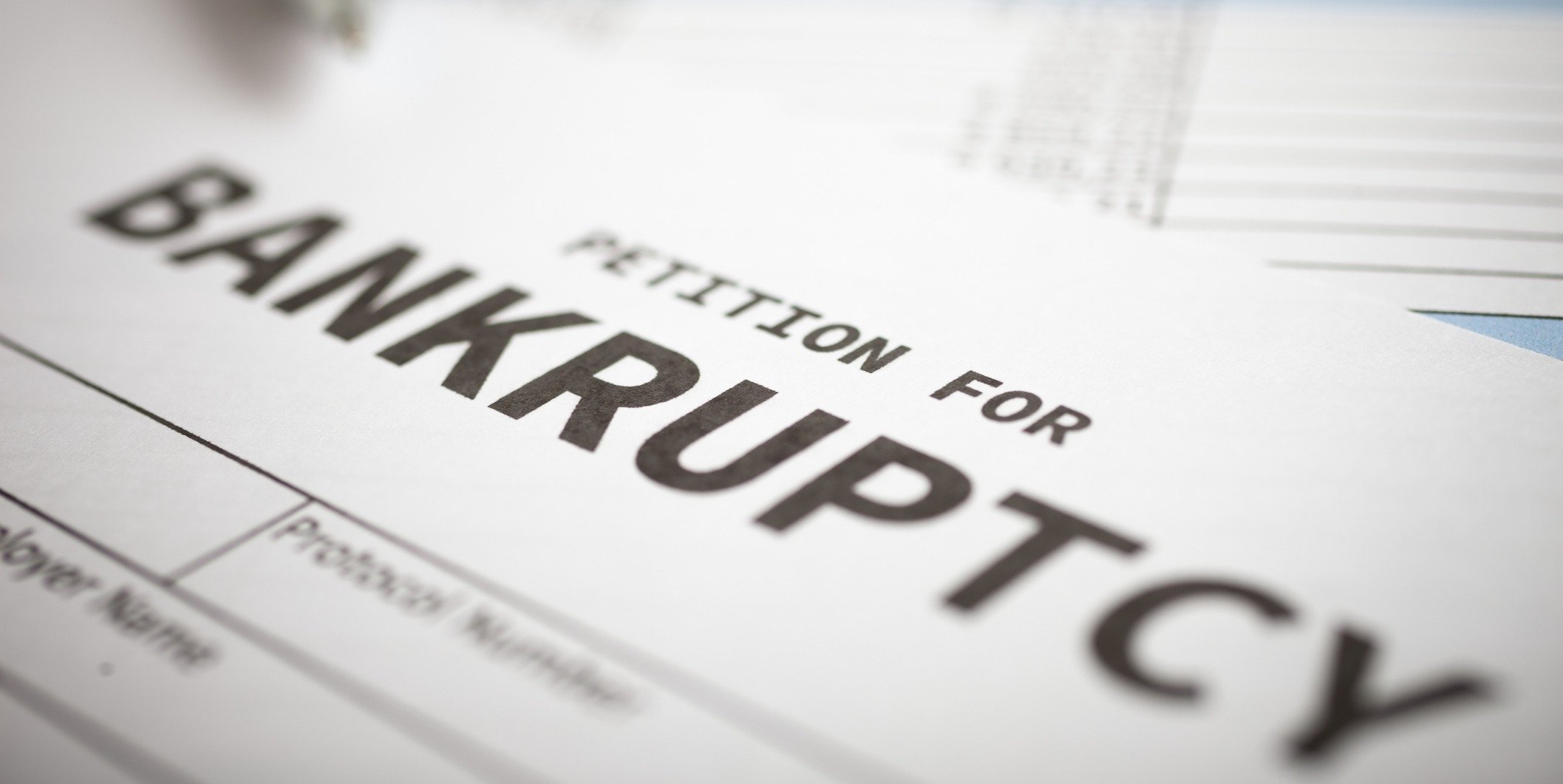Filing bankruptcy stirs many negative feelings for a debtor; the emotional toll of numerous debts is frustrating and leads to anxiety and stress. There is also a social stigma associated with filing bankruptcy, which makes handling the process overwhelming and often embarrassing.
Finding a reliable lawyer to deal with bankruptcy can feel daunting. So, how should legal professionals perform intake for these prospects in order to make their lives easier? Read on to find out.
What are the Major Types of Bankruptcy?
The United States Bankruptcy Code classifies bankruptcy into different classes. The classification depends on the nature of the debtor and type of debts. The primary categories of bankruptcy are Chapter 7, Chapter 11, Chapter 12, and Chapter 13.
- Chapter 7: This is liquidation bankruptcy. Partnerships, individuals and corporations are eligible for this type of bankruptcy. The law stipulates that a trustee has the authority to sell all non-exempt assets in the debtor’s ownership to recover all the creditor’s debts.
- Chapter 11: The debtor maintains the assets’ ownership while creating a suitable reorganization method to pay off the debts. The law gives a debtor 120 days to formulate a repayment strategy. After the expiry of that period, the government chips in and orders a repayment method. This is available to all businesses, corporations, individuals and sole proprietorship.
- Chapter 12: Only applicable to farm owners and fishers. The debtor maintains the farm and other assets and formulates a repayment strategy to pay off the creditors. This method allows the farmers and fishers to reconstruct all their finances to mitigate foreclosure and liquidation risks.
- Chapter 13. Applicable to individuals who have a regular wage; corporations and partnerships are exempted. The debtor remains in possession of all the assets, but devises a plan to repay the debt within the next 3-5 years. During the stipulated period, the debtor needs to pay all the debts in installments to the creditor.
Intake for Bankruptcy Leads
The intake process of a bankruptcy case can differ depending on the type of bankruptcy. For example, for Chapter 7, extra preparation is necessary. The case does not involve the formulation of a repayment method; instead, the trustee sells the debtor’s non-exempt assets. Chapter 13 applies to individuals, so it may be more personal than a Chapter 7 or Chapter 11. A Chapter 12 intake may require special questions dealing with farms and fisheries. Each intake should be customized and tailored appropriately.
Skills Required for All Bankruptcy Intakes
- Empathy: Bankruptcy clients are under stress and anxiety, often uncertain of what they want or need. Legal intake specialists must talk calmly to potential clients and put themselves in the prospects’ shoes.
- Knowledge: Intake specialists should understand the brand of the law firm and exactly how they are expected to answer the phone based on intake scripting. They should also have unquestionable knowledge of the type of bankruptcy case at hand in order to answer any questions.
- Call Control: Intake specialists should know how to control each call in order to gather the proper information about the prospect.
Importance of Low Intake Hold Time
A low intake hold time is advantageous to all law firms. Bankruptcy prospects need an instant response. Placing a prospect on hold for long hours or not responding to a voicemail for days can lead to them losing interest in your firm and shopping around to find another. For the best conversion rates, and for the best customer service possible, calls should be answered within three rings. For those seeking legal services via a website, someone should respond to their queries within 3 to 5 minutes.
The Benefits of a Legal Call Center
Partnering with a legal call center is one of the best ways to optimize your firm’s intake capabilities. A legal call center staffed by highly-trained intake specialists reduces intake hold times and creates a positive customer experience.
A legal call center can assist in performing intake for bankruptcy leads. To learn more, check out our free eBook, “A Guide to Turning Bankruptcy Inquiries into Attorney Appointments.”

